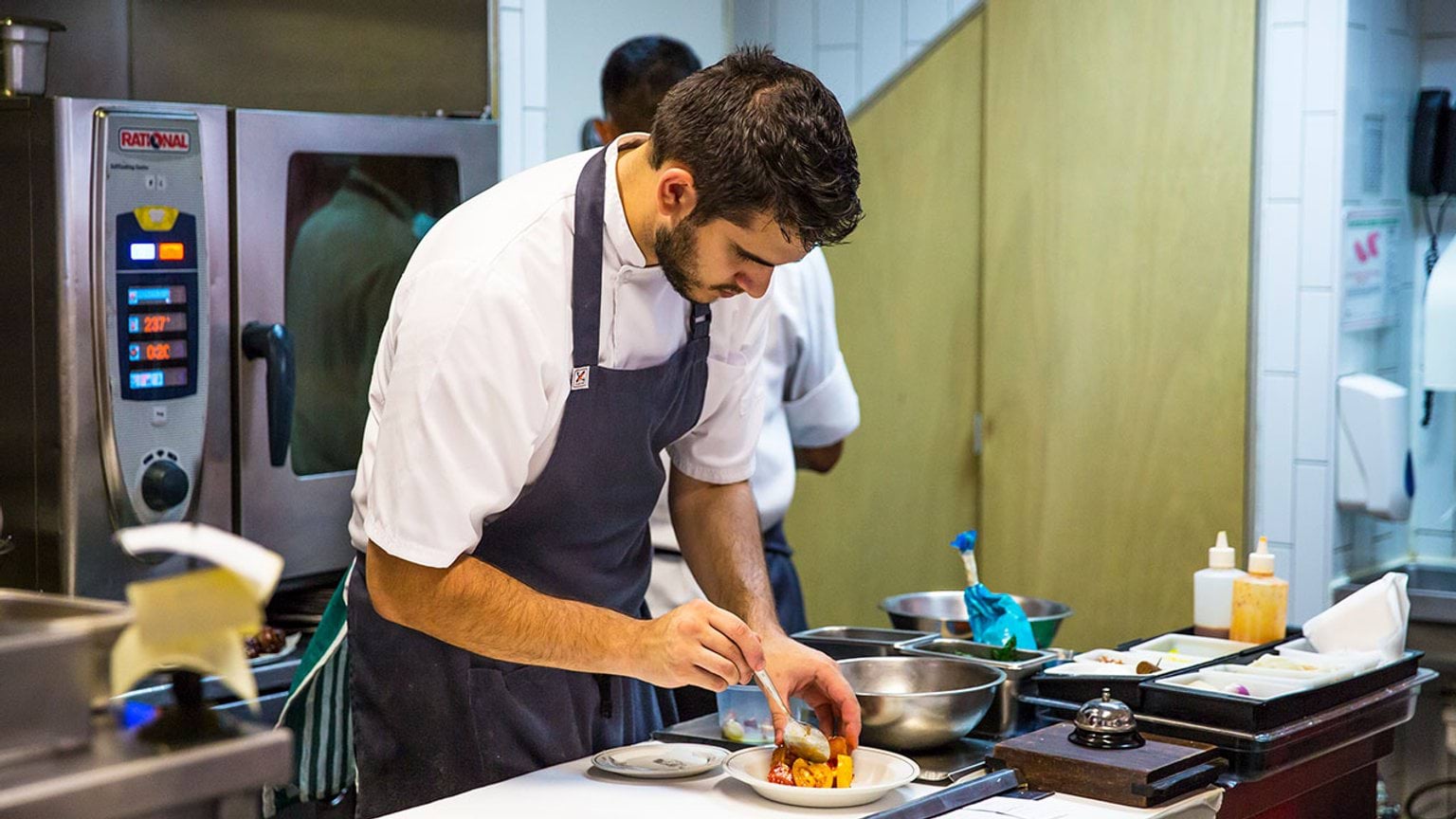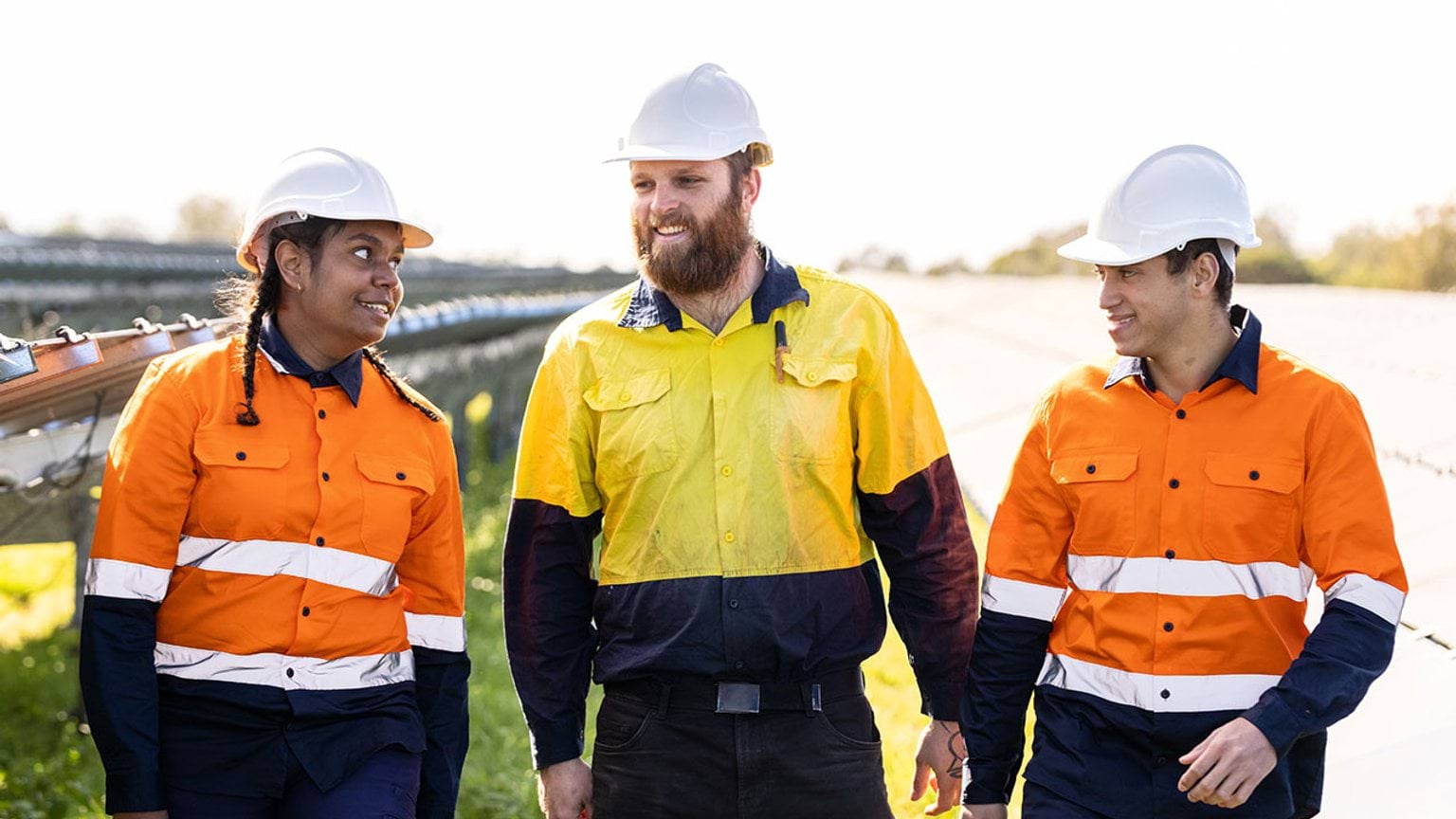Medical receptionists look after calls, bookings and records for service providers. Health care is growing in Victoria. Medical receptionists are in demand.
Find out what a medical receptionist does and the related Vocational Education and Training (VET) courses and pathways you can take to secure a job.
What is a medical receptionist?
Medical receptionists handle administration in clinics and hospitals. As a medical receptionist, you may:
- answer calls and emails
- manage appointments
- greet patients and visitors
- maintain records.
You may also help customers connect to telehealth appointments. If you’re organised and have great attention to detail, this role could suit you.
Find out more about medical receptionists(opens in a new window) and these related jobs on the Victorian Skills Gateway(opens in a new window):
- admissions clerk(opens in a new window)
- clinical coder(opens in a new window)
- general clerk(opens in a new window)
- health practice manager(opens in a new window)
- hotel or motel receptionist(opens in a new window)
- personal assistant(opens in a new window)
- receptionist (general)(opens in a new window)
- secretary (general)(opens in a new window)
- word processing operator(opens in a new window).
Related training courses
Explore these related TAFE and training courses on the Victorian Skills Gateway(opens in a new window):
You may be eligible for government funding(opens in a new window) to help pay for your course.
Median salary
The median weekly earnings for receptionists in Australia is $1,175.
Source: Jobs and Skills Australia(opens in a new window)
Note this salary is current as of January 2025 and is indicative only. A range of salaries apply to different roles across the industry. Specific data is not available for medical receptionists.
Job demand in Victoria
Below are the employment projections for receptionist jobs in Victoria. Figures show the number of workers in 2024 and the new workers expected to enter the workforce by 2027 and 2034.
‘New workers expected’ accounts for workers adding new jobs to the economy and replacing retirees over the next 3 and 10 years. These projections are estimates only. There will be additional jobs available as people move between jobs and industries.
Specific data is not available for medical receptionists.
| Region | Workers 2024 | New workers expected by 2027 | New workers expected by 2034 |
|---|---|---|---|
| Victoria | 49,386 | 5,883 | 23,171 |
| Melbourne – inner metropolitan | 7,158 | 957 | 3,502 |
| Melbourne – inner south-east metropolitan | 4,476 | 482 | 1,893 |
| Melbourne – southern metropolitan | 6,983 | 750 | 2,997 |
| Melbourne – northern metropolitan | 5,879 | 773 | 3,150 |
| Melbourne – eastern metropolitan | 7,171 | 770 | 3,098 |
| Melbourne – western metropolitan | 5,327 | 808 | 3,172 |
| Ballarat and surrounds (Central Highlands) | 1,508 | 161 | 707 |
| Bendigo, Echuca and surrounds (Loddon Campaspe) | 1,918 | 200 | 864 |
| Geelong, Colac and surrounds (Barwon) | 2,788 | 325 | 1,446 |
| Gippsland | 2,203 | 259 | 920 |
| Horsham and surrounds (Wimmera Southern Mallee) | 432 | 47 | 153 |
| Mildura, Swan Hill and surrounds (Mallee) | 770 | 76 | 259 |
| Shepparton, Seymour and surrounds (Goulburn) | 959 | 80 | 337 |
| Wangaratta, Wodonga and surrounds (Ovens Murray) | 951 | 107 | 359 |
| Warrnambool, Hamilton and surrounds (Great South Coast) | 863 | 88 | 316 |
Source: Victorian Skills Authority Employment Projections Dashboard
Resources to plan your next steps
Visit our health care industry profile to find out about:
- what it’s like to work in health care, and some of the jobs you could do
- training and skills to work in the industry, and financial assistance to help pay for your course
- help getting a job in health care, and industry job projections for Victoria
- other free resources and advice to plan your training and career.
Explore growing industries in your region
Updated



